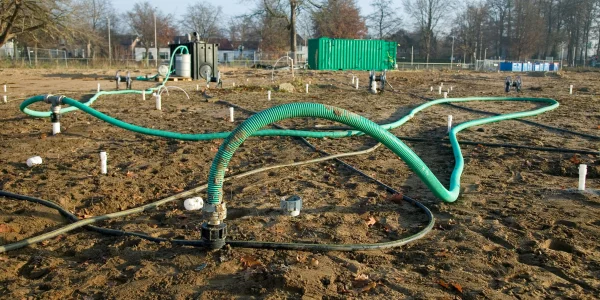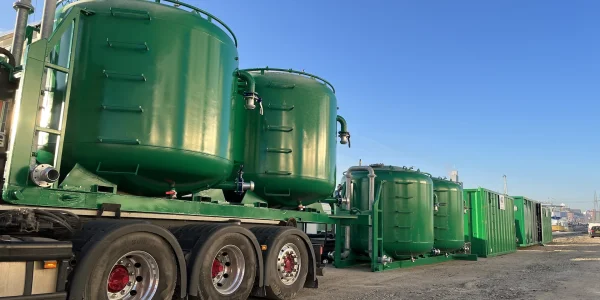Soil remediation
In Situ Chemical Oxidation (ISCO)
In Situ Chemical Oxidation (ISCO) is not only robust, it offers high remediation efficiencies in a short period of time for a wide range of contaminants. HMVT was one of the first pioneers to apply and further develop ISCO.
This technology is very suitable and effective for remediation of local hotspots. We also use chemical remediation technologies to immobilize contaminants.
Sections

The benefits of chemical remediation
From PAC’s to chlorinated hydrocarbons: in situ chemical remediation technologies are suitable for many of applications. ISCO is non-destructive, preserves the original soil structure and prevents transport of contaminated soil. Resulting in a very cost-effective solution compared to other remediation techniques.

HMVT handles every phase
Applied ISCO Techniques
At HMVT, we apply various chemical oxidation techniques depending on the specific local contamination situation:
- Chemical Oxidation with Hydrogen Peroxide (Fenton’s Reagent): A classic method using Fenton’s reagent to break down organic contaminants.
- Application of ‘Advanced’ Fenton’s: An advanced version of the traditional Fenton reaction, adapted for more efficient breakdown. A key advantage is that the pH of the soil does not need to be lowered, which is beneficial if a biological follow-up step is planned after ISCO.
- Chemical Oxidation with Permanganate: This method uses permanganate for the oxidative breakdown of contaminants. We mainly use this for contamination with chlorinated hydrocarbons (VOCl).
- Chemical Oxidation with Activated Persulfate: A powerful oxidation method using activated persulfate for contaminant degradation. An advantage of this technique is that the oxidant remains active in the soil for longer, resulting in a better remediation outcome.
These ISCO techniques can be combined with other remediation methods, such as extraction techniques to remove pure product or followed by biological degradation.
Laboratory Testing and Design
In our test lab in Ede, we perform lab tests to accurately determine the effects of these oxidants. This enables us to define the optimal parameters for effective ISCO design and implementation.
Chemical Reduction
In addition to oxidative techniques, HMVT also offers chemical reduction methods, such as the FENNA concept, which uses zero-valent nano iron powder (NZVI) combined with biological degradation.
Stimulated Immobilization
Not all contaminants are suitable for extraction, chemical, or biological remediation. Consider, for example, heavy metals. A (partially) mobile contaminant can also be immobilized to prevent it from spreading to air or other areas of the soil. This way, HMVT removes the risk posed by the contamination. We have applied immobilization in various types of contamination scenarios.
Questions?
Contact us. We’re happy to discuss which technique or combination of techniques is the best solution for your contaminated site.


